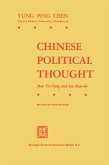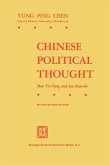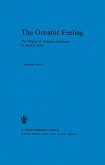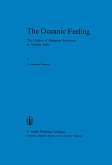The year 1979 ushered in a new phase in China's long and continuous revolu tion. Currently, this new phase is being symbolically referred to, by the Chinese leaders themselves, as the 'New Long March' (a continuation of the legendary and historical Long March) in terms of modernization, which comprises the Four Modernizations: Agriculture, Industry, Science and Technology, and Military Defense. Such an all-encompassing attempt at modernization may appear, to some at least, to be something new, or may indicate a radical shift in her policy. But upon closer examination, this decision seems only to reflect an historical continuity in terms of the two major long-term goals of the Chinese Revolution: 'national independence' and 'modernization' (or 'industrialization'). The former would make China strong; the latter, wealthy. For, ever since the Opium War in 1840 and throughout the Revolutions of 1911 and 1949, China has always pursued these two revolutionary goals, though with different emphases at different times. This has been especially true during the past three decades as this twofold goal has dictated all of China's important policies, both domestic and foreign. In other words, while the concrete policies may have appeared to be lacking in unity at times, they have been formulated with the specific intent of achieving national independence and modernization. From this perspective, the New Long March marks the passage of post-Mao China beyond the transition of succession toward the continued pursuit of the same revolutionary goals.








